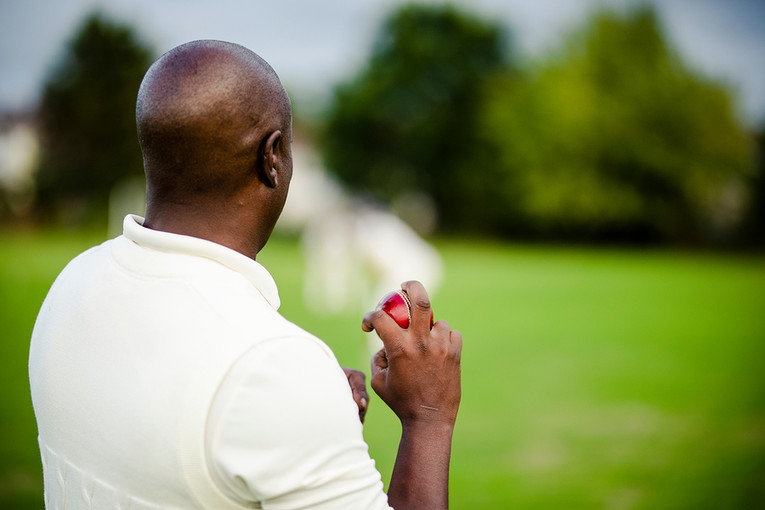 If you are a casual observer of cricket and have ever wondered what the hell is going on when the players rub the ball upon their groins and thighs, don’t worry there is some science behind what they are doing!
If you are a casual observer of cricket and have ever wondered what the hell is going on when the players rub the ball upon their groins and thighs, don’t worry there is some science behind what they are doing!
You might see a player lick his fingers, apply the moisture to the ball and then give it a good old rub on his trousers, and what he or she is doing is trying to apply shine to one side of the ball.
Why? Because that is what helps the ball to swing in the direction that the bowler wants it to, giving them something of an edge over the batsman.
The swing of a cricket ball is exacerbated in cloudy conditions and when the outfield is lush and green – this helps the ball to retain its lacquer and makes it easier to shine. Conversely, in really hot and humid countries, the ball ‘reverse swings’ when it gets old because the rough side gets bashed by the dry and dusty pitches.
Make sense? Hopefully, although there are even people within the sport who are confused by how to get the ball to swing!
The face of cricket could be about to change then after it was reported that the International Cricket Council (ICC) have outlawed the use of saliva in shining the ball – as a way to keep players safer from any viral transmission.
The proposals would allow sweat to be used to shine the ball – it isn’t thought that sweat is a transmitter of the virus, although this is less potent in terms of keeping the ball nice and shiny.
The ICC’s chairman, Anil Kumble, said:
“We are living through extraordinary times and the recommendations the committee have made today are interim measures to enable us to safely resume cricket in a way that preserves the essence of our game while protecting everyone involved.”
The English Cricket Board has confirmed that there will be no games played in the UK until July 1 at the earliest, with the possibility of the England vs West Indies test series starting later in the month behind closed doors.
However, the West Indies captain Jason Holder has hinted that his players are less than keen to travel over, and he reiterated that none of his squad will be forced to play if they have fears for their safety.
The Science of Swing

In the shorter formats of cricket, such as T20 and One Day Internationals, swing bowling – and thus shining the ball – is less prevalent.
But in test cricket, each ball is used for 90 overs – a whole day, in essence, and leads to the red lacquer on the surface getting roughed up as it bounces off the wicket and outfield. That leads to opportunities for swing bowling, particularly in typically cloudy countries like England and New Zealand, but also for reverse swing in India, Pakistan and the like.
The science is pretty straightforward: air passes quicker over the smoother, shiny side of the ball, pulling it in that direction. That’s why most bowlers release the ball ‘seam up’, because they can keep the shiny side upright and force the ball to swing in or away from the batsman.
Swing bowling is an essential component of test cricket, because without it often the task of taking a wicket becomes much more difficult – cricket is very much a batsman’s pursuit when the ball isn’t moving around.
So, will the new rules on shining the ball lead to the batsmen dominating when test cricket finally returns? It’s certainly possible, especially if each country has a hot summer, and so punters are warned that the goalposts, as it were, may have been moved.
